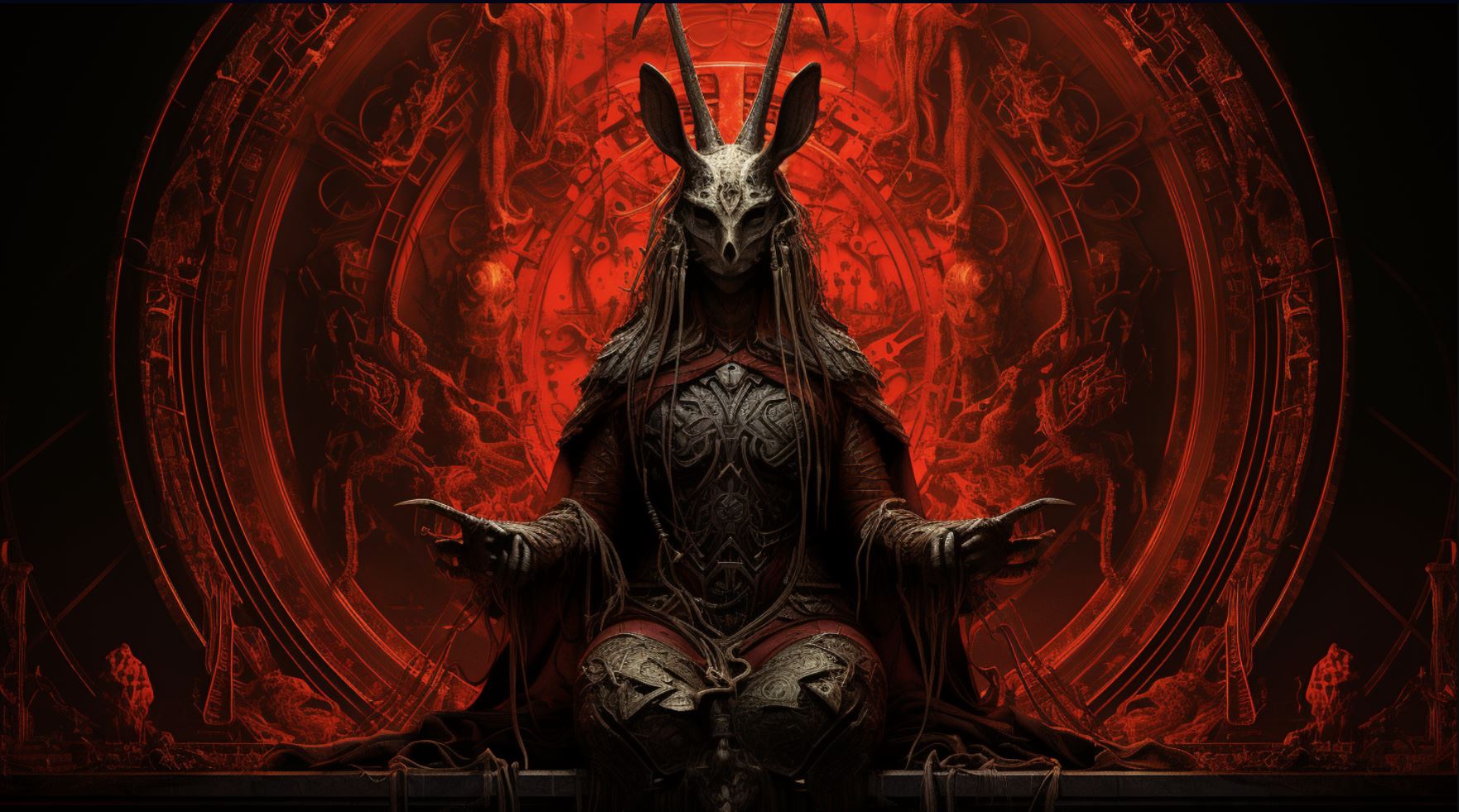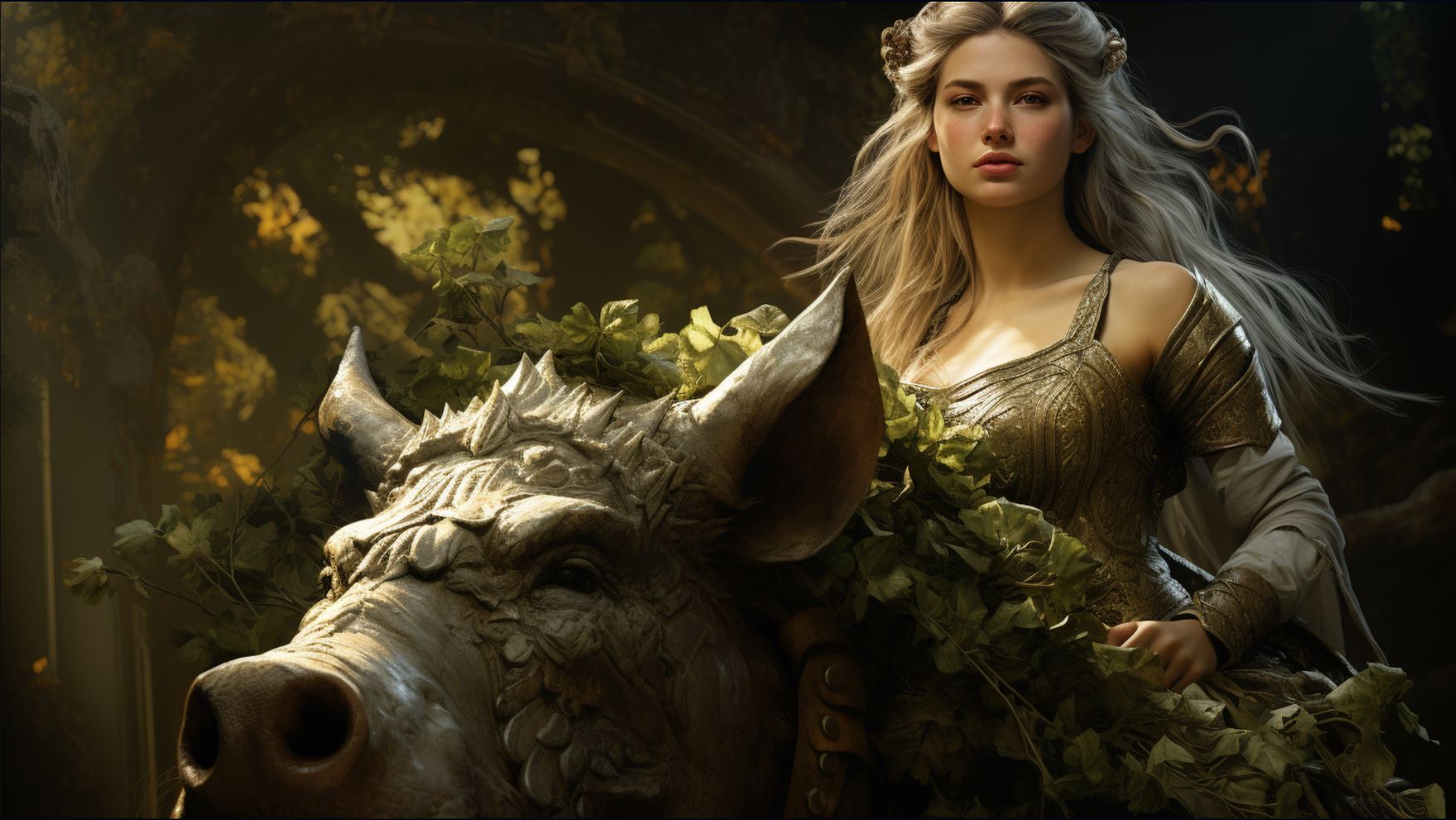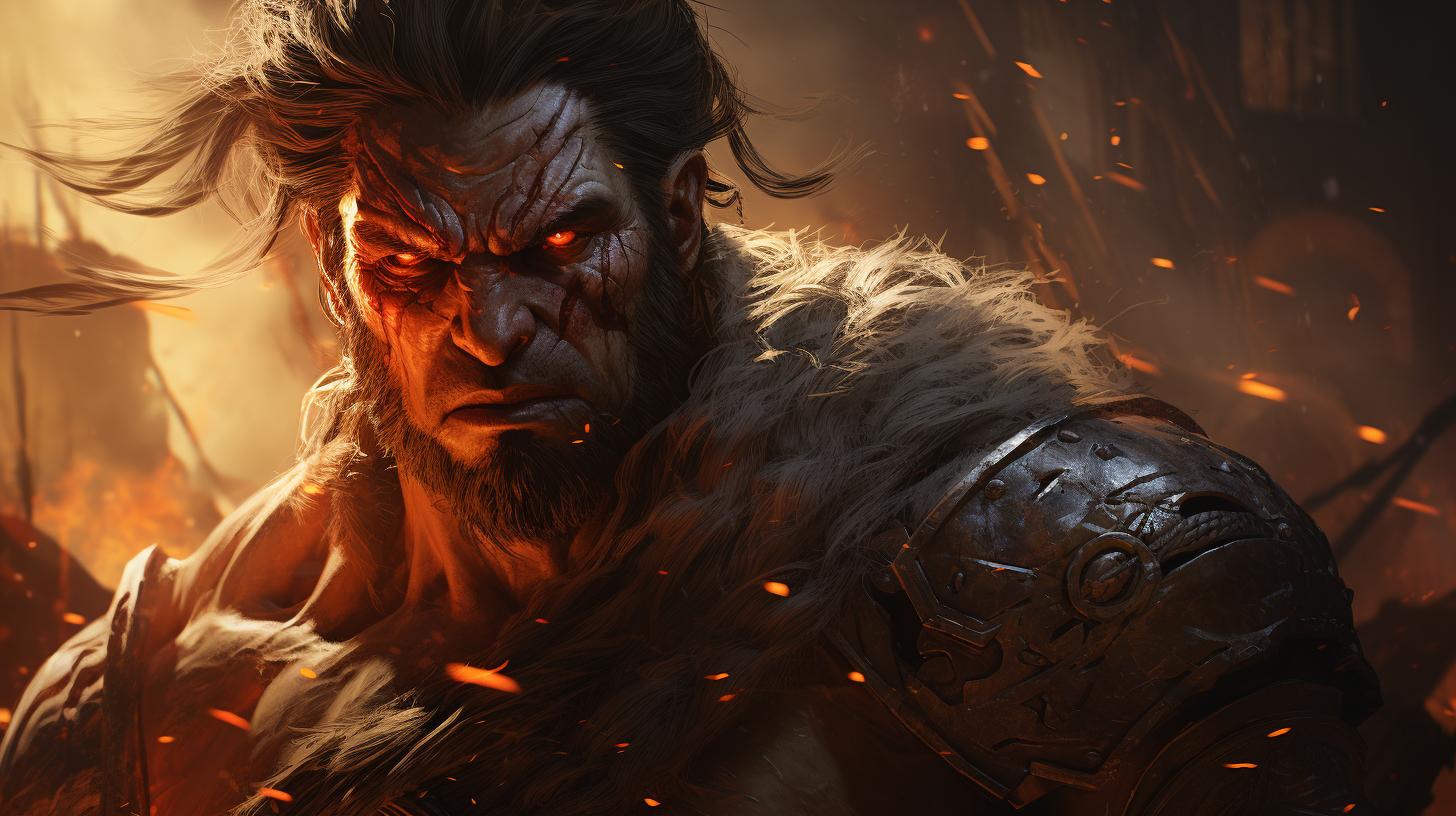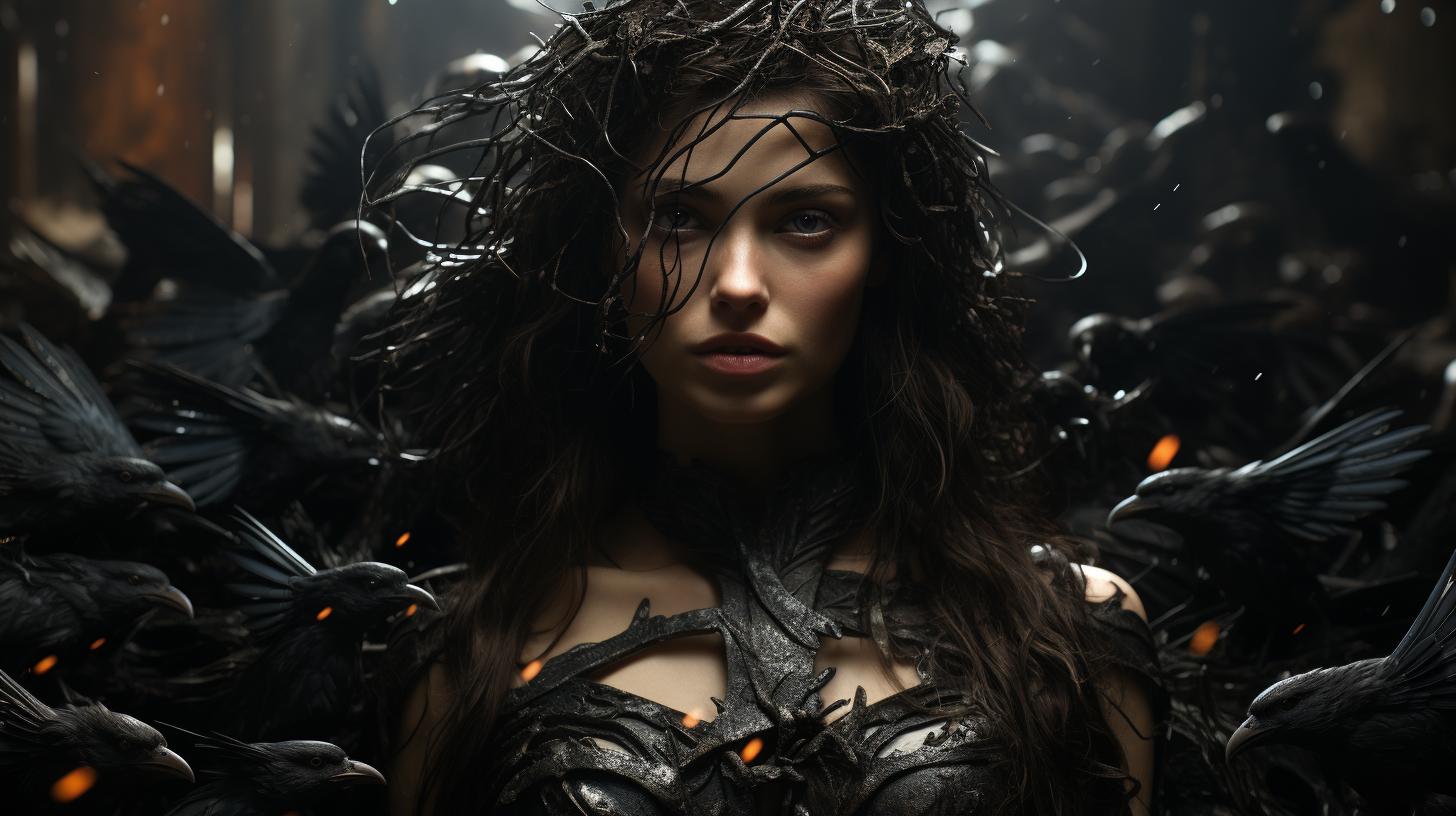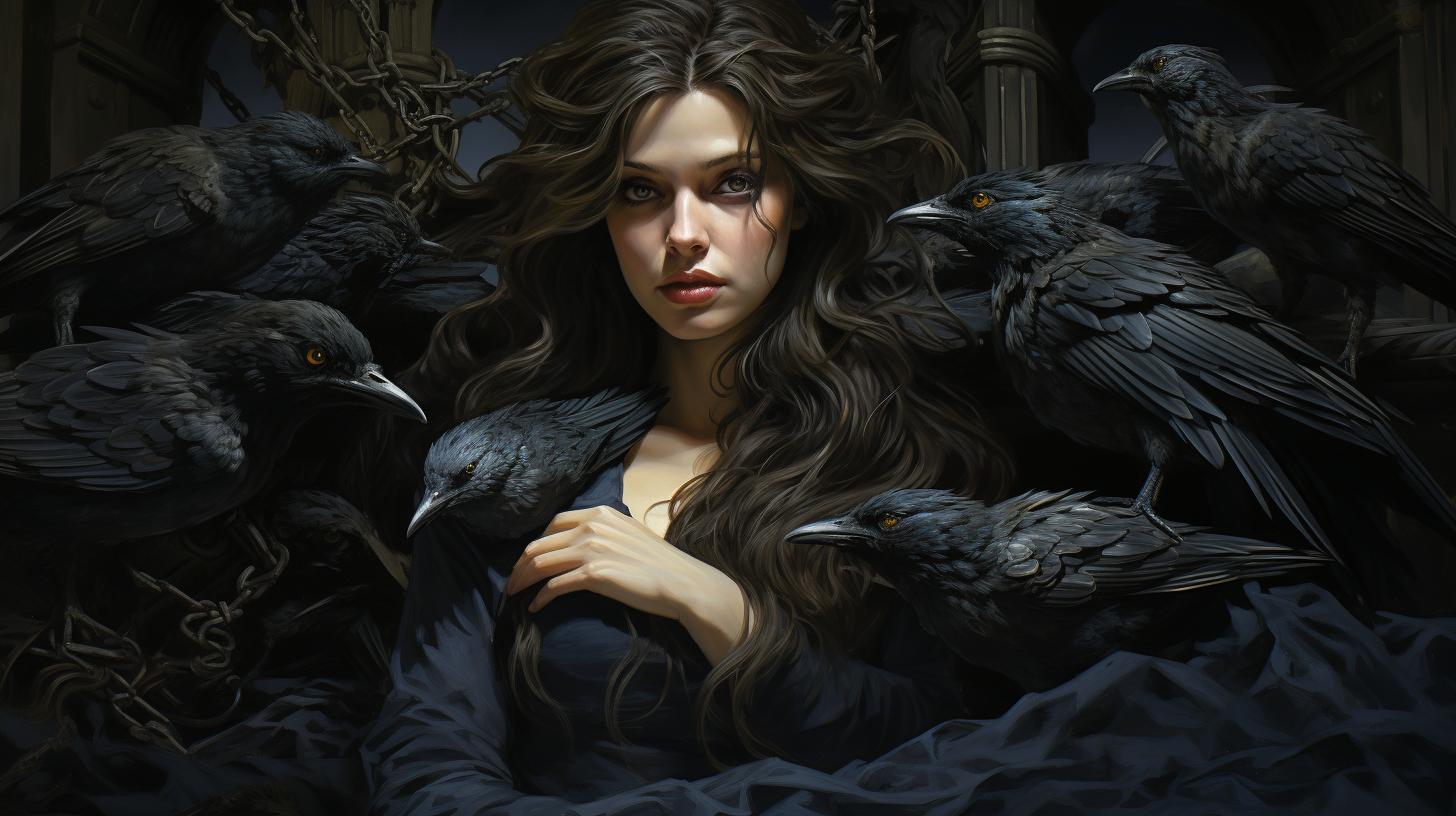Andraste Goddess: Unveiling the Divine Power of America’s Cultural Heritage
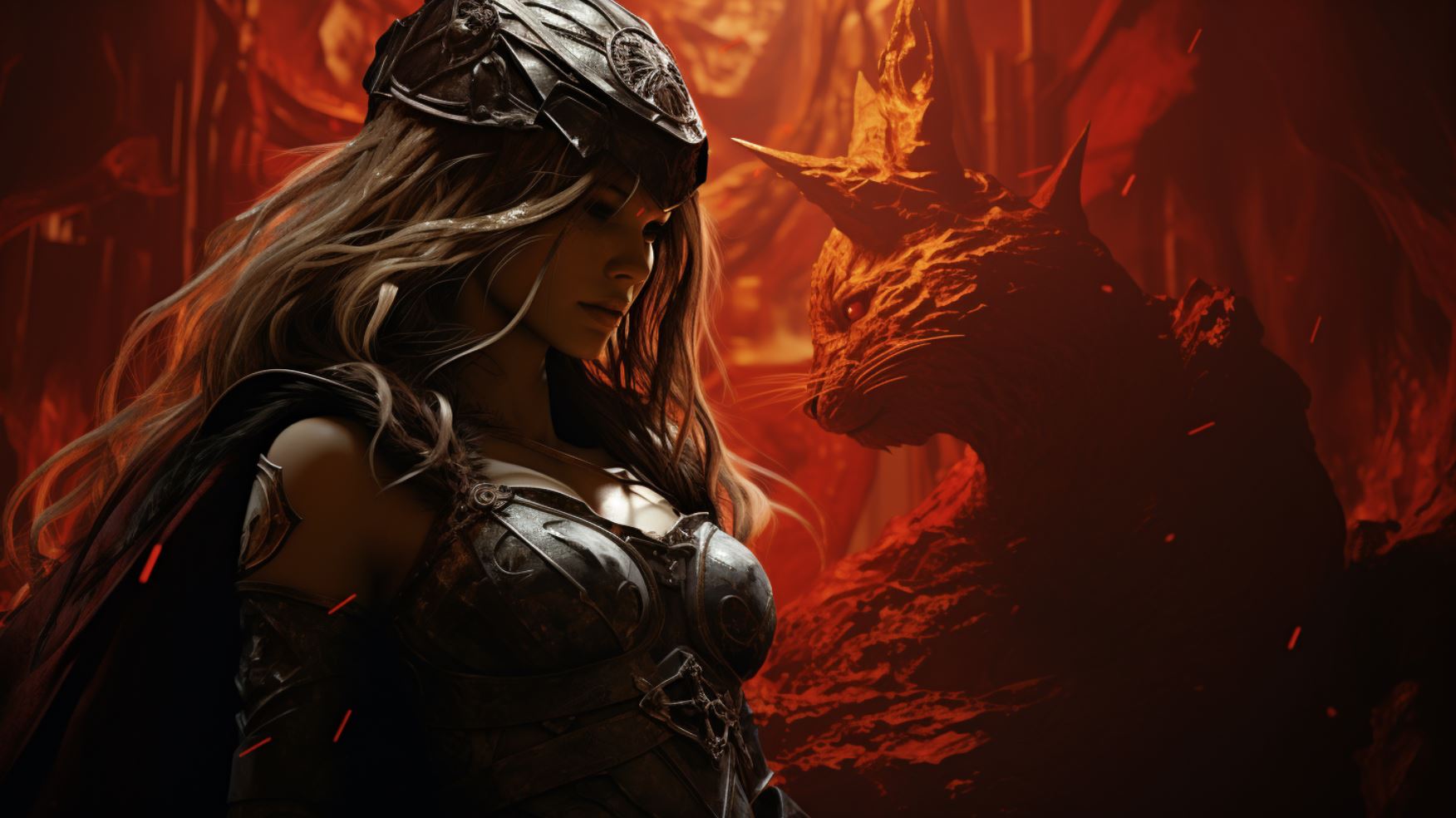
Andraste Goddess is a prominent figure in ancient British mythology, known as the guardian of victory and a Celtic war goddess. Her symbolism includes the hare as a powerful symbol and association with the color red.
In Roman Britain, Andraste’s influence was significant, particularly during the Roman occupation. Legends and folklore depict her ability to escape from the hare and rule over dogs and wolves. Devotion and rituals were practiced to honor Andraste, seeking her blessings and good fortune, alongside other deities.
Explore the mythical origins, symbolism, legends, and worship of Andraste in this article.
The Mythical Origins of Andraste
Andraste, a significant figure in ancient British mythology, has her roots intertwined with the rich tradition of ancient British goddesses. These goddesses held immense importance in the spiritual beliefs and cultural heritage of ancient Britons.
Let’s delve into the mythological origins of Andraste and explore her roles as both the Guardian of Victory and the Celtic War Goddess.
The Ancient British Goddesses
The ancient British pantheon boasted a diverse array of goddesses, each embodying different attributes, powers, and domains. These goddesses were revered by the ancient Britons and played a crucial role in their religious practices and folklore.
They were seen as figures of divine femininity, representing fertility, nature, war, and various other aspects of life.
Andraste: The Guardian of Victory
Among the revered ancient British goddesses, Andraste emerged as an influential deity, known primarily as the Guardian of Victory. She held a prominent place in the hearts of the ancient Britons, who sought her divine aid and protection during times of warfare and conquest.
Andraste was believed to bestow her blessings upon warriors, bringing them success and triumph.
The Celtic War Goddess
Furthermore, Andraste was also venerated as a Celtic War Goddess, embodying the fierce strength and courage required in battle. She symbolized the martial spirit of the ancient Britons and was regarded as a fierce warrior herself.
Legends and stories described her wielding weapons with unmatched skill and leading her people to victory against their enemies.
Andraste’s Symbolism and Attributes
Andraste, the enigmatic British goddess, is deeply associated with various symbolism and attributes that define her significance in ancient mythology. Delving into her symbolism provides a fascinating glimpse into her divine nature and the beliefs surrounding her worship.
The Hare: A Powerful Symbol
One of the most prominent symbols associated with Andraste is the hare, which holds immense power and significance in Celtic traditions. Seen as a representation of swiftness, agility, and fertility, the hare embodies the essence of Andraste’s divine realm.
In ancient British folklore, it is believed that the hare served as Andraste’s familiar, acting as a conduit for her wisdom and strength. This connection underscores the goddess’ role as a guardian and protector, especially in matters of war and victory.
Andraste’s Association with the Color Red
Another noteworthy attribute attributed to Andraste is her association with the color red. Throughout ancient British mythos, the color red symbolizes passion, bravery, and vitality. It is said that Andraste often appeared adorned in red garments during important battles and ceremonies, signifying her fierce nature and authority.
The infusion of red in her depiction reinforces her role as a formidable warrior goddess, inspiring courage and determination in her devotees.
Divination and Religious Practices
In reverence to Andraste, divination and religious practices played a significant role in engaging with her presence. Devotees sought her guidance through various methods, including augury, scrying, and other ancient divinatory practices.
Moreover, rituals were conducted to honor Andraste, emphasizing her connection to the spiritual realm and her ability to bestow blessings upon her worshippers. These practices not only strengthened the bond between the mortal realm and the divine but also provided individuals with insight into the twists and turns of fate.
Thus, understanding the symbolism and attributes associated with Andraste offers a deeper appreciation for her divine role in ancient British mythology. The hare’s embodiment of swiftness and fertility, the color red’s representation of bravery and vitality, and the divination practices used to commune with her demonstrate the vastness of Andraste’s influence and the profound reverence she commanded.
Andraste in Roman Britain
Andraste’s Encounter with Boudica
During the tumultuous era of Roman occupation in Britain, Andraste’s presence and significance were felt deeply. One notable episode in Andraste’s mythological journey was her encounter with the formidable Boudica, the queen of the Iceni tribe.
Boudica, known for her fierce resistance against the Roman forces, invoked Andraste as her patron goddess and sought her divine intervention in their battle against oppression.
The Roman Occupation and Andraste’s Influence
The Roman occupation of Britain brought about a unique blend of culture and beliefs. Andraste emerged as a symbol of resistance and hope among the native Britons who sought to maintain their traditions and sovereignty.
As the Celtic war goddess associated with victory, Andraste’s influence grew during this period, with many warriors invoking her name and guidance in their quests for freedom. The belief in Andraste’s protection and favor extended throughout various regions affected by Roman rule.
Roman Historian’s Accounts of Andraste
Roman historians of the time, such as Tacitus and Dio Cassius, chronicled the encounters and legends surrounding Andraste. Their accounts describe her as a powerful figure who inspired courage in warriors and provided divine guidance to those who called upon her.
These historical records further solidify Andraste’s significance and her impact on the British resistance against the Roman forces.
The Legends and Folklore of Andraste
The Legends and Folklore of Andraste unveil captivating stories and mythical tales surrounding the ancient British goddess. Through generations, her name has been whispered in awe, carrying the essence of bravery and strength.
Let us delve into the enchanting legends that have woven the tapestry of Andraste’s legacy.
Andraste’s Escape from the Hare
One of the most intriguing legends surrounding Andraste is her miraculous escape from the hare. It is said that as a symbol of her power, she transformed into a hare and managed to elude her pursuers.
This act of cunning and agility solidified her status as a revered goddess, capable of weaving through the threads of destiny.
Andraste’s Rule over Dogs and Wolves
An integral part of Andraste’s mythology is her dominion over dogs and wolves. Legends speak of her ability to command these fierce creatures, using their loyalty and ferocity to protect her followers and aid in battles.
The bond between Andraste and these creatures resonates with the primal instincts of survival, emphasizing her role as a guardian and protector.
Andraste’s Role in Ancient Britons’ Battles
Ancient Britons believed that invoking Andraste’s name would bring them victory and courage on the battlefield. Her presence was seen as a guiding force, inspiring warriors to fight fearlessly. Legends recount her pivotal role in the face of adversity, rallying her people to defend their lands against invaders.
Andraste’s divine intervention in these battles forged a sense of unity and instilled hope in those who called upon her.
As time goes by, the legends and folklore of Andraste continue to captivate our imagination, inspiring reverence and admiration for a goddess revered in ancient British culture.
Andraste’s Worship and Invocation
Devotion to Andraste and Other Deities
Many ancient Britons held a deep reverence for Andraste, considering her as a deity deserving of worship and devotion. She occupied a significant place among the pantheon of gods and goddesses worshipped by the Celts.
Alongside Andraste, other deities such as Belenus, Cernunnos, and Epona were also venerated. The worship of Andraste and these other divine figures formed an integral part of the spiritual practices of the ancient Britons.
Rituals and Offerings to Honor Andraste
Rituals were performed to pay homage to Andraste, seeking her favor and protection. These rituals often took place in sacred groves or hilltop sanctuaries, where worshippers would gather to offer prayers, sacrifices, and perform various ceremonies.
Offerings of fruits, grains, and animals were made to show respect and gratitude to the goddess. The rituals would involve chanting devotional hymns, participating in processions, and engaging in communal feasts.
Seeking Andraste’s Blessings and Good Fortune
The worshippers of Andraste sought her blessings for various purposes. They believed that by invoking her, they could gain her favor in matters of victory in battles, protection against enemies, and guidance in times of adversity.
Seeking Andraste’s intercession meant calling upon her divine powers to bring good fortune, success, and prosperity. The devoted followers believed that through their devotion and rituals, Andraste’s blessings would be bestowed upon them and their communities.
.

